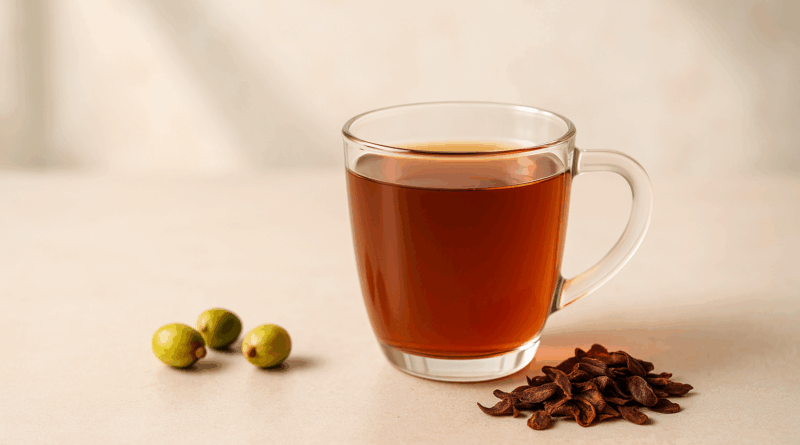Cascara Explained: How Coffee Cherry Tea Became the Coffee World’s Best-Kept Secret
What Is Cascara and Why You’re Suddenly Hearing About It
Most people don’t realize that coffee has a fruit. And even fewer know that the fruit—bright red, sweet, and full of subtle flavors—isn’t just a byproduct of coffee production. It can actually be brewed into a tea-like drink that’s been quietly enjoyed for centuries in coffee-growing regions around the world. This drink is called cascara, and while it’s still flying under the radar, that’s starting to change.
Cascara, which means “husk” or “shell” in Spanish, refers to the dried outer skin of the coffee cherry—the part that surrounds the bean we usually roast and brew. When these skins are carefully dried and steeped in hot water, they produce a naturally sweet, fruity drink that tastes more like a fruit or herbal tea than coffee. It’s not quite coffee, and it’s not exactly tea either. Cascara is its own thing—with a distinct flavor, a gentle character, and a growing number of fans who appreciate its unique place in the coffee world.
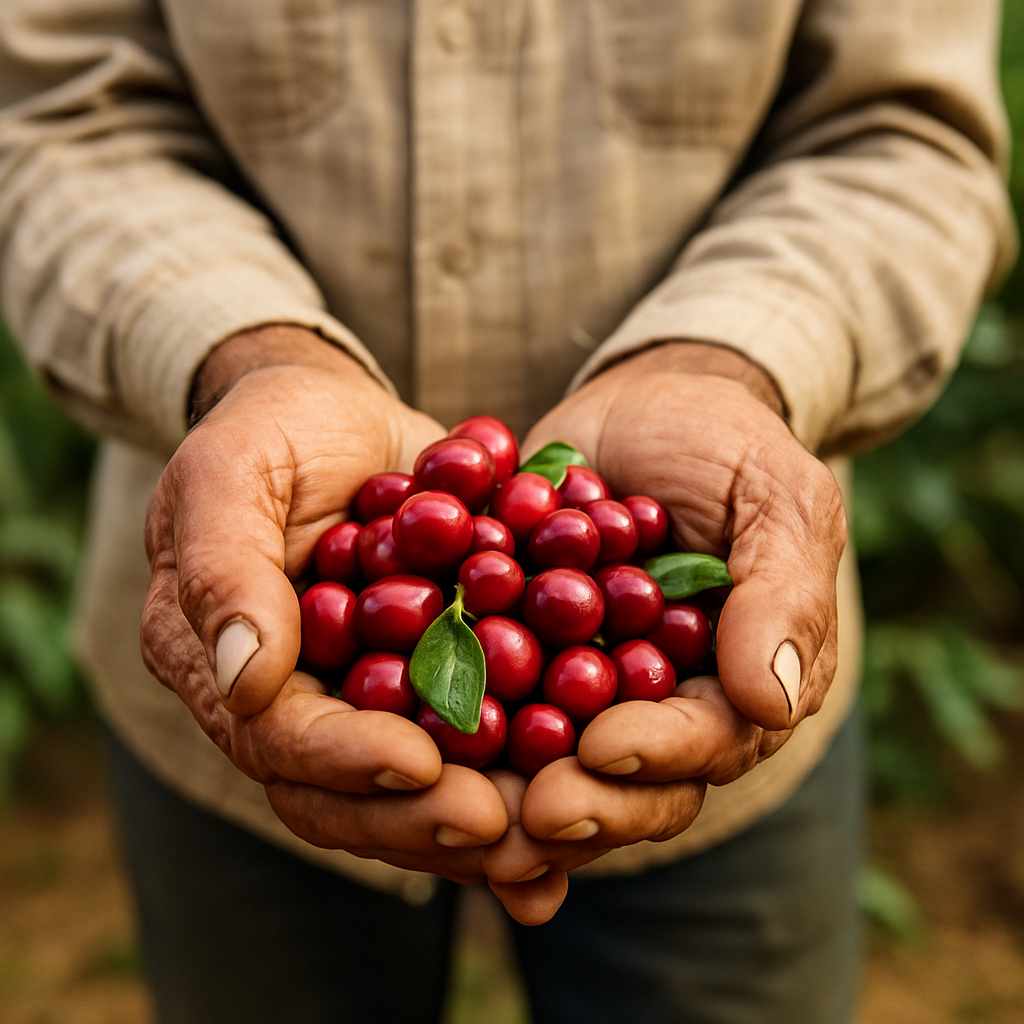
Though cascara has been traditionally consumed in countries like Ethiopia, Yemen, and Bolivia for generations, its recent rise in the specialty coffee world has made it a kind of cult favorite. Cafés are starting to offer it as a seasonal alternative, roasters are packaging it with detailed tasting notes, and baristas are experimenting with it in both hot and cold brews.
So why all the interest now? As more people look for drinks that are lower in caffeine, rich in flavor, and rooted in sustainability, cascara stands out as a rare combination of all three. It’s a drink made from something that was once thrown away. And now, it’s one of the most intriguing and naturally eco-friendly offerings in the modern coffee scene.
How Cascara Is Made and How It Tastes
Cascara begins its journey like any coffee: as a ripe cherry on a shrub in high-altitude farms. But instead of focusing on the beans inside, cascara celebrates what’s outside—the fruit. After the cherries are picked, the pulp and skin are separated from the seed (what becomes the coffee bean) during processing. If the skins are carefully cleaned and dried, they can be preserved and repurposed into a delicate, aromatic tea.
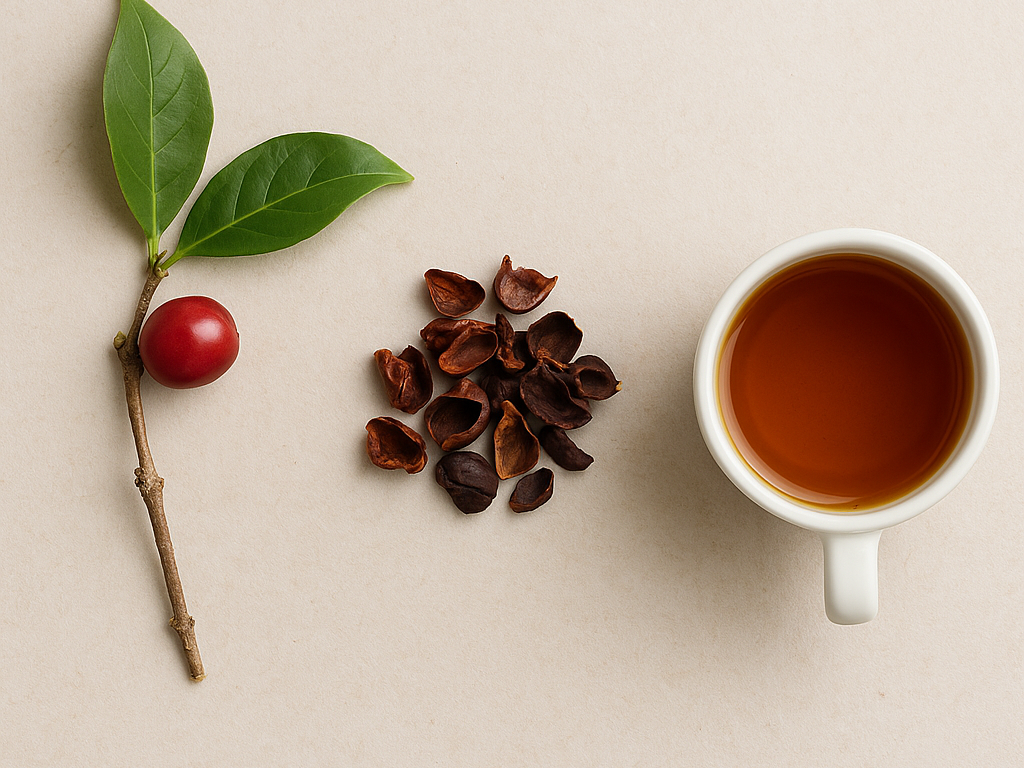
There’s no single way to process cascara—it can be dried in the sun, in mechanical dryers, or even fermented slightly depending on the method used. The result is a dry, leathery shell that looks a bit like dried hibiscus or rosehip, and has a similarly fruity, tangy aroma. High-quality cascara is free from mold, well-sorted, and fragrant, with notes that can range from red berries and stone fruit to honey, raisins, and a touch of spice.
The flavor is subtle but complex. Some describe it as a blend of cherry, hibiscus, and black tea, with a slightly earthy edge. Others compare it to dried fruit infusions or even spiced cider, especially when brewed warm. The final taste depends on the origin, drying method, and how it’s prepared—just like coffee or tea.
Cascara vs. Coffee and Tea: What’s the Difference?
At first glance, cascara might look like tea—and it’s often brewed like one. But cascara isn’t made from leaves or herbs, and it’s definitely not coffee as most people know it. Instead, it offers something entirely its own: a gentle, fruity brew with a soft caffeine lift and a flavor profile that feels both familiar and new.
Unlike coffee, cascara has a much lower caffeine content—usually between 20 and 100 mg per serving, depending on concentration and steeping time. That puts it somewhere between black tea and green tea in terms of stimulation. It’s enough to bring a touch of energy and alertness, but not enough to make you jittery.
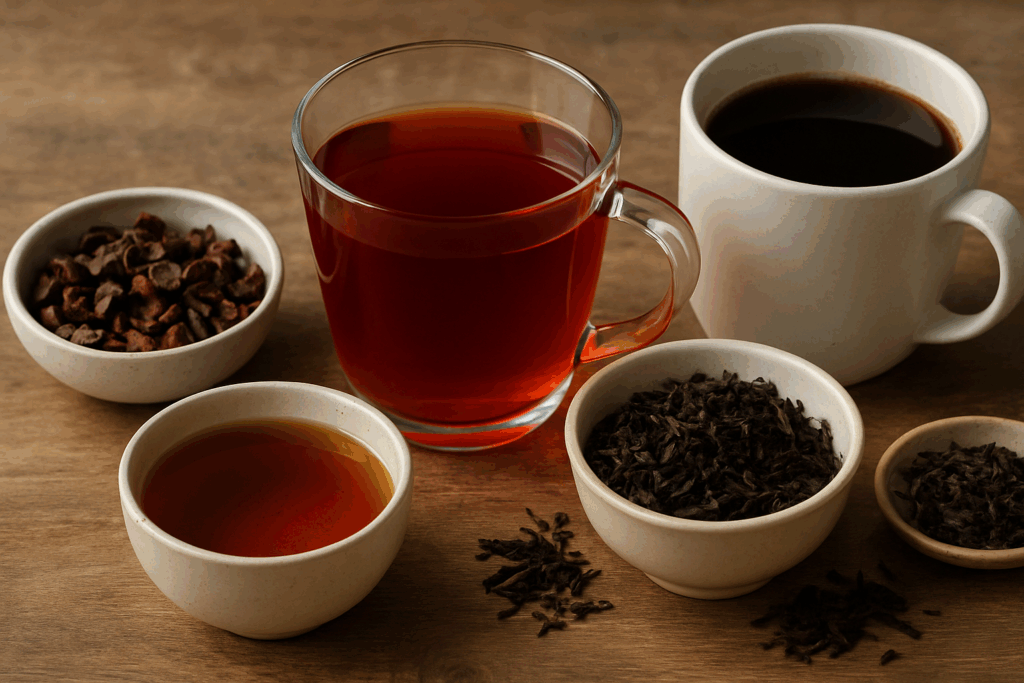
In terms of taste, cascara is not bitter or roasted like coffee, nor does it have the tannins or grassy notes found in some teas. The experience is more like sipping a light, naturally sweet infusion, often with hints of cherry, red currant, dried fig, or cinnamon. And because it’s made from the same plant that gives us coffee, it offers a quiet connection to the bean—without the boldness.
For many, cascara is the perfect afternoon or early evening alternative: it satisfies the desire for a warm, complex drink, but without overdoing the caffeine or intensity.
Why It’s Becoming a Trend in Specialty Coffee
In a culture where sustainability, storytelling, and unique experiences matter, cascara ticks all the right boxes. First, there’s the eco appeal. Cascara uses a part of the coffee cherry that was once discarded or composted. By transforming it into a desirable product, coffee producers can reduce waste and create additional value from the same harvest—something that’s especially meaningful for small-scale farmers.
Then there’s the creativity. Specialty cafés are now infusing cascara into syrups, mocktails, kombuchas, and cold brews. Its light body and fruit-forward flavor make it a versatile base for experimentation, and baristas love that it brings something unexpected to the menu.
And let’s not forget the element of discovery. For many coffee lovers, cascara represents a new way to connect with their favorite drink—one that deepens the appreciation of the plant and the people who grow it.
What to Know If You Want to Try It
If you’re curious to taste cascara yourself, a few simple tips can help you find a great first experience.
Look for cascara that’s been ethically sourced and properly dried—it should smell fresh, fruity, and clean. Avoid anything that smells musty, overly fermented, or dusty. Origin can make a difference, too: Ethiopian and Central American cascara often has bright, berry-like notes, while others may lean more toward raisin, tamarind, or even floral tones.
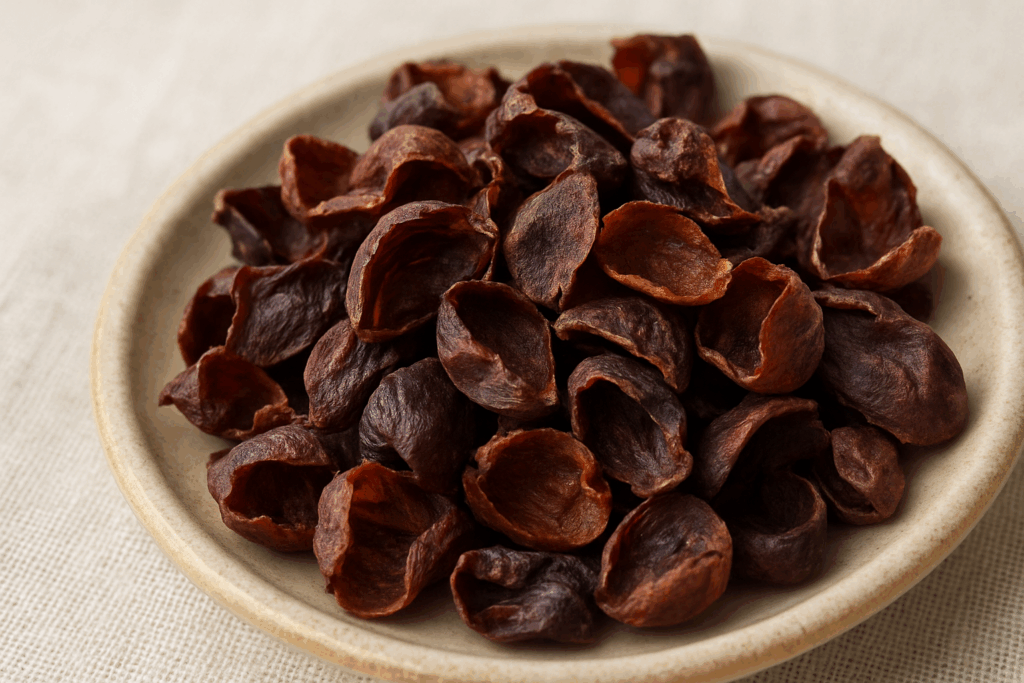
To brew, you can treat cascara much like a loose herbal tea. Start with 6–10 grams of cascara for every 250 ml of hot water, steep for 4–6 minutes, and adjust to taste. It also works beautifully as a cold brew: simply steep overnight in cold water for a refreshing, tea-like drink with a mellow kick.
Cascara contains natural sugars and mild acidity, so no need to sweeten it—though some enjoy it with a twist of citrus or a cinnamon stick. Once opened, store it like dried tea: in an airtight container, away from moisture and light.
More Than a Trend—A Rediscovery
Cascara isn’t trying to replace coffee or tea. It’s offering something else: a gentler ritual, a new flavor story, and a deeper connection to the coffee plant itself. For the curious, the health-conscious, or anyone looking to add something beautiful and unexpected to their daily routine, this once-forgotten ingredient is finally having its moment.
Quiet, flavorful, and full of character—cascara might just be the most interesting drink you haven’t tried yet.

